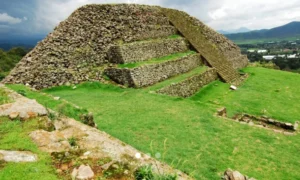San Felipe de los Alzati stands as a testament to the rich cultural and architectural heritage of pre-Columbian Mesoamerica. This significant archaeological site, located atop the Zirahuato hill and its surrounding mountains, served as a crucial surveillance and protection post for the Purépecha territory, marking the border with the Mexica. Populated by the Otomíes and their allies, San Felipe de los Alzati flourished from the 8th to the 15th centuries AD, embodying the cultural and architectural essence of the matlatzinca culture, which also settled in the Toluca valley.
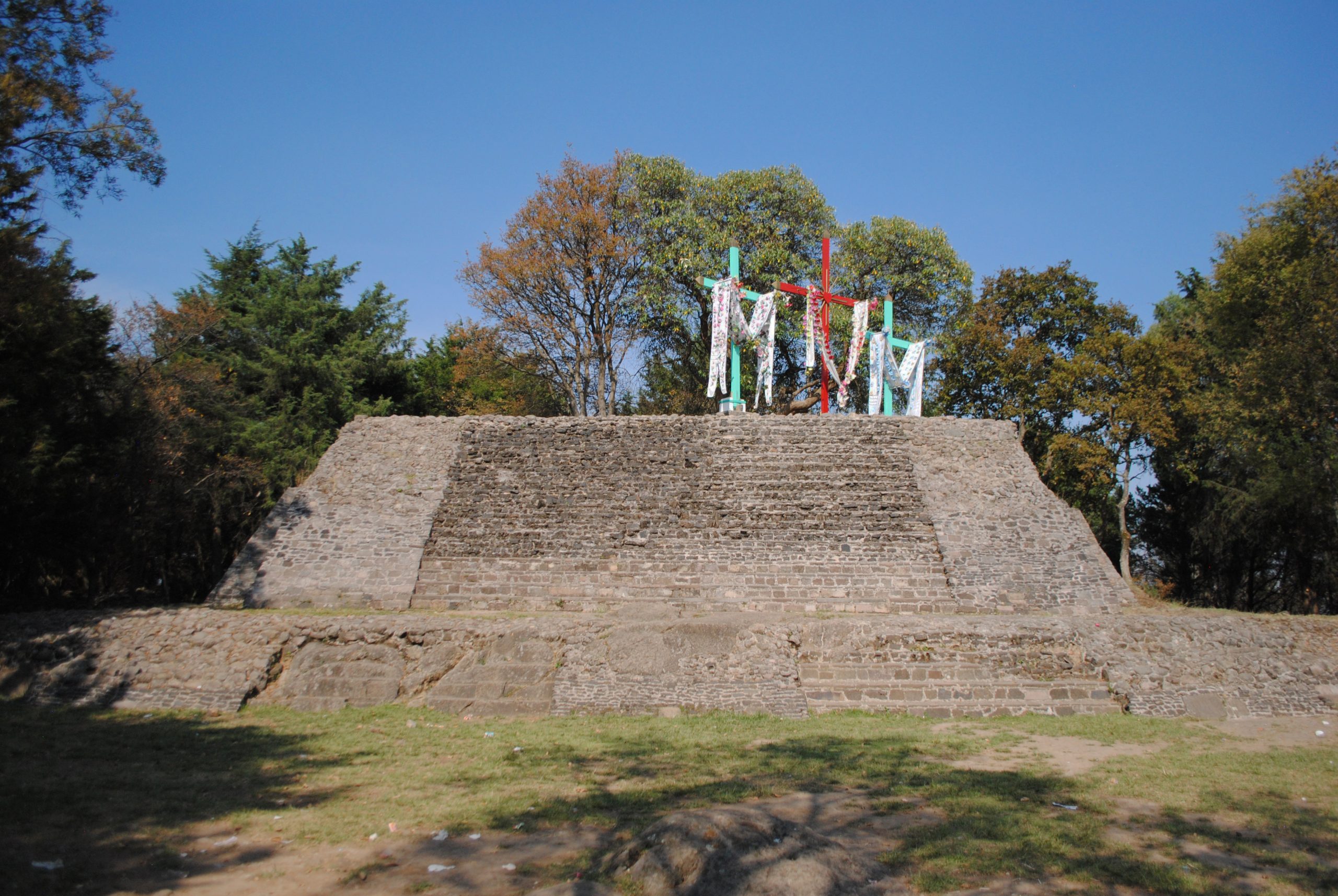
Cerro del Judío (Mazatepetl)
Cerro del Judío, also known by its ancient name Mazatepetl, which translates to “Hill of the Deer” in Nahuatl, is a mountain steeped in history and cultural significance. Located in the Magdalena Contreras municipality of Mexico City, this site is not only a natural wonder but also a testament to the rich pre-Columbian heritage of the region.
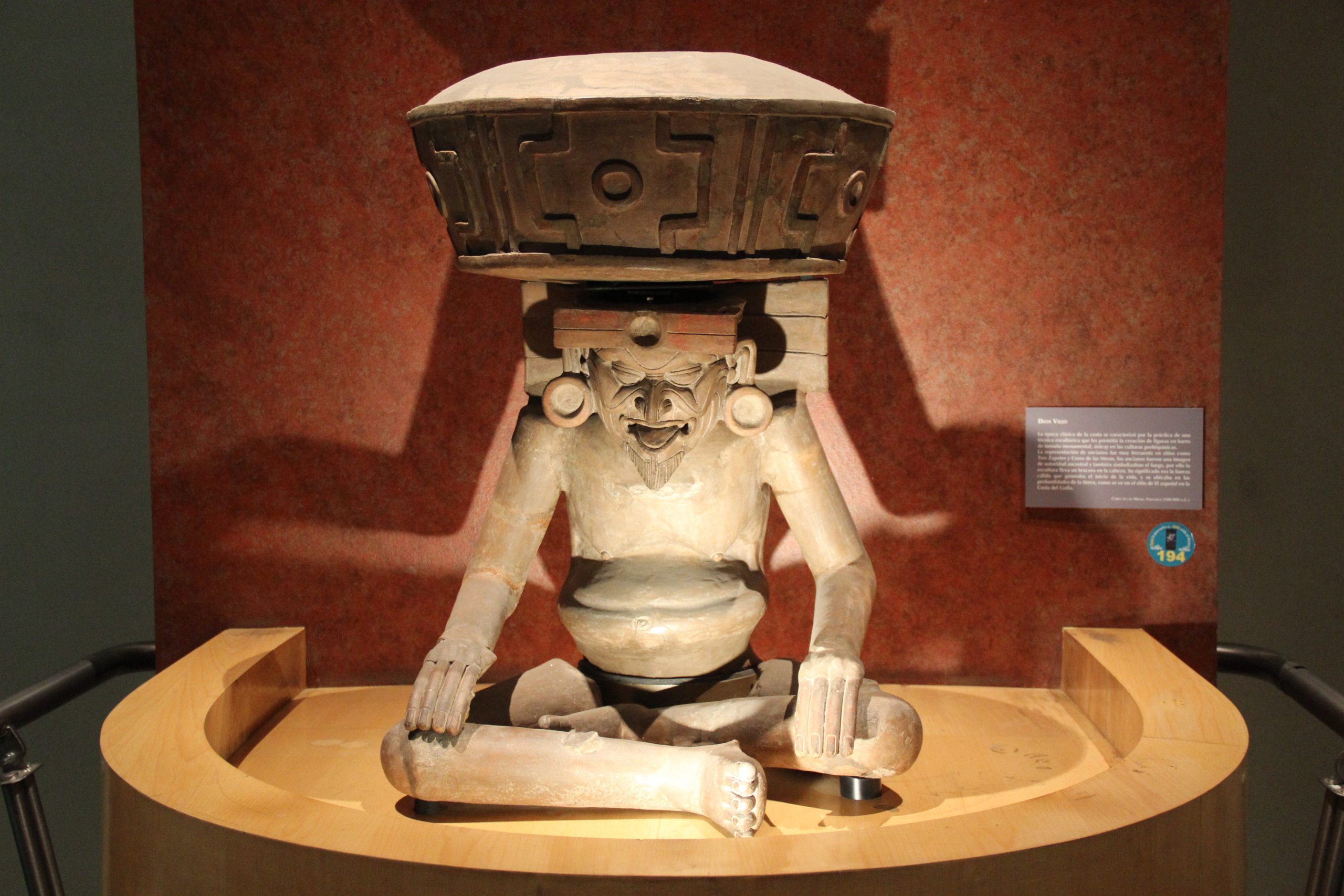
Cerro de las Mesas
Cerro de las Mesas, an archaeological site of significant importance, is situated in the Mexican state of Veracruz, within the Mixtequilla area near the Papaloapan River, approximately 50 kilometers from the city of Veracruz. This site represents a settlement that was continuously occupied from 600 BC to 900 AD, marking it as a pivotal center for both the epi-Olmec culture and the classical culture of Veracruz. Notably, between 300 BC and 600 AD, it served as the capital of one of the regions, highlighting its historical and cultural significance.
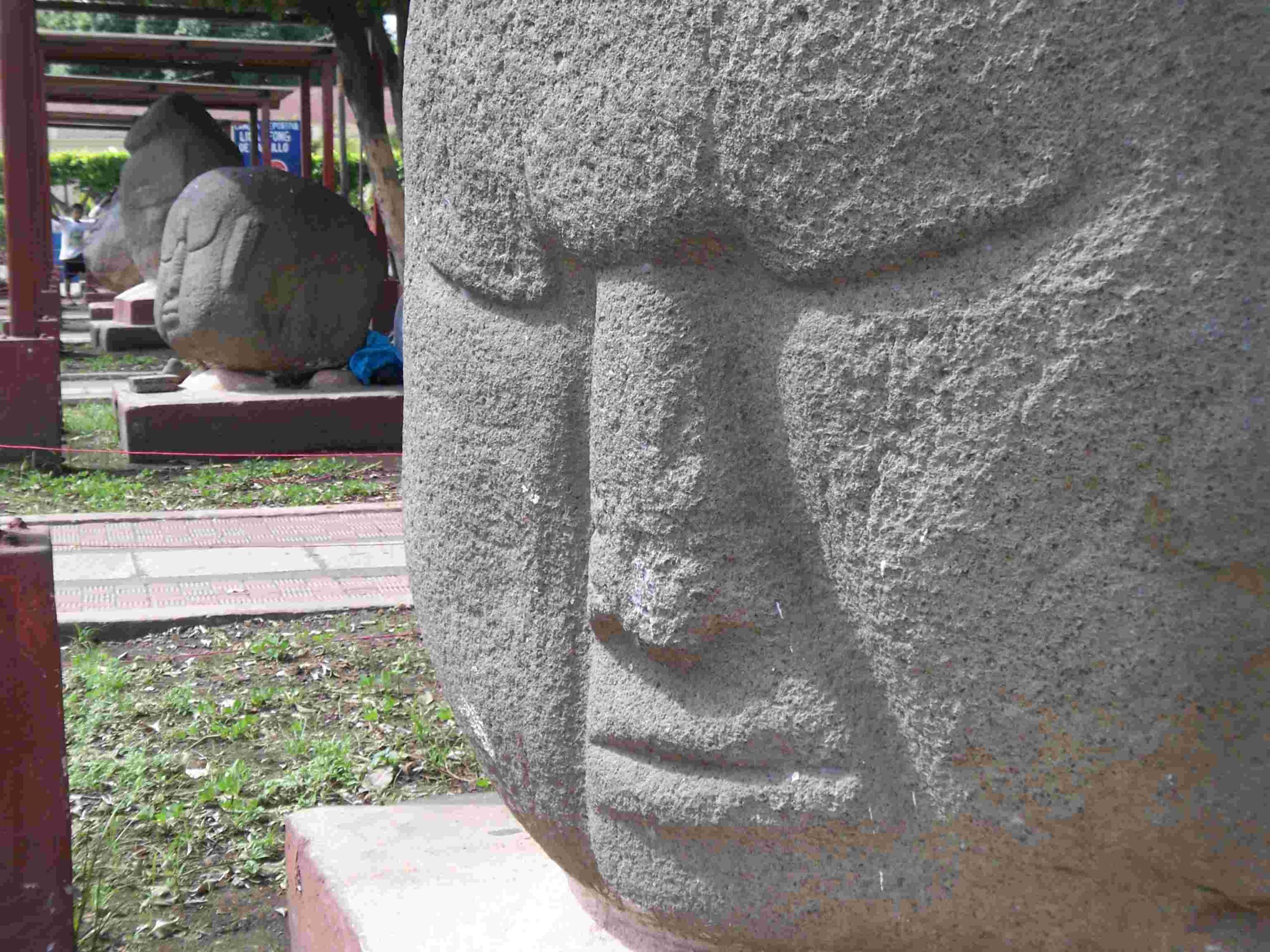
Monte Alto Guatemala
The Pacific Coast of Guatemala, a region rich in archaeological heritage, has long fascinated scholars and enthusiasts alike with its diverse array of ancient sculptures and monuments. Among these, the Monte Alto site stands out for its unique contributions to our understanding of Preclassic Mesoamerican civilization. This blog post delves into the history, art, and astronomical significance of Monte Alto, shedding light on its role in the broader cultural landscape of ancient Mesoamerica.

Piedras Negras
Piedras Negras, translating to “black stones” from Spanish, stands as a testament to the ingenuity and might of the pre-Columbian Maya civilization. Situated on the north bank of the Usumacinta River in the Petén department of northwestern Guatemala, this ancient city is recognized for its significant role among the Maya urban centers along the Usumacinta River.
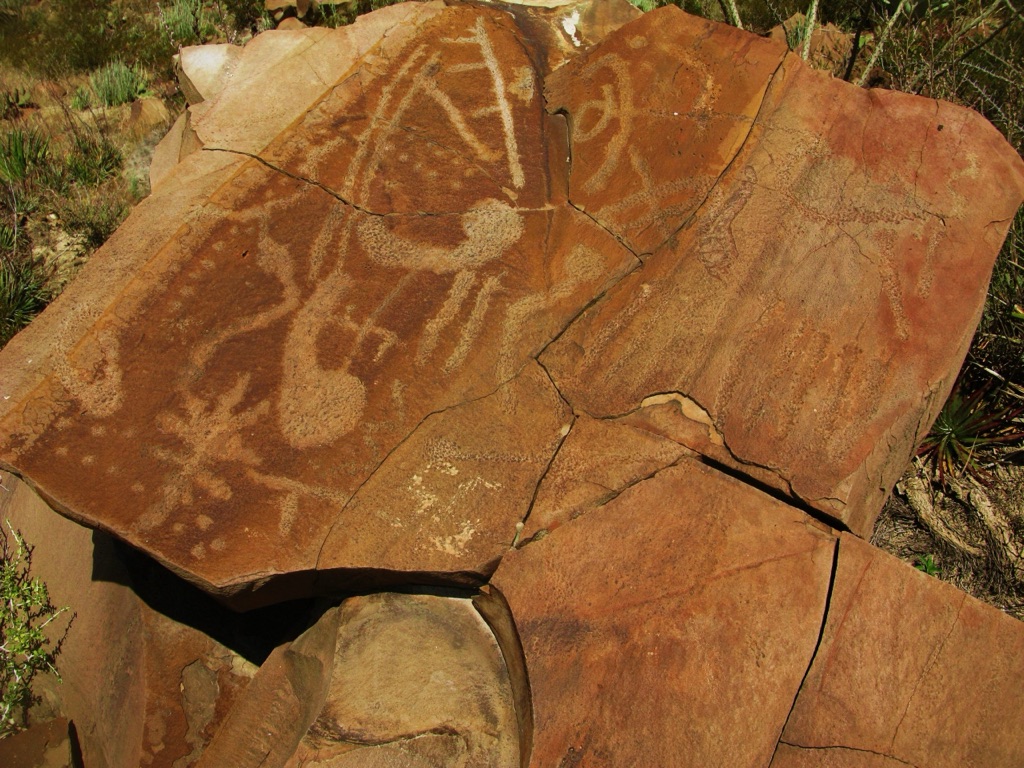
Boca de Potrerillos
Boca de Potrerillos, an archaeological site located in Nuevo León, Mexico, stands as a testament to the rich cultural heritage and ancient history of the region. Situated approximately 60 km northeast of Monterrey, within the inter-sierra valleys of the Sierra Madre Oriental, this site spans an area of about 6 km². It is renowned for housing one of the largest concentrations of rock art in Mexico, predominantly in the form of petroglyphs, with an estimated 3,000 works documented in the area.

